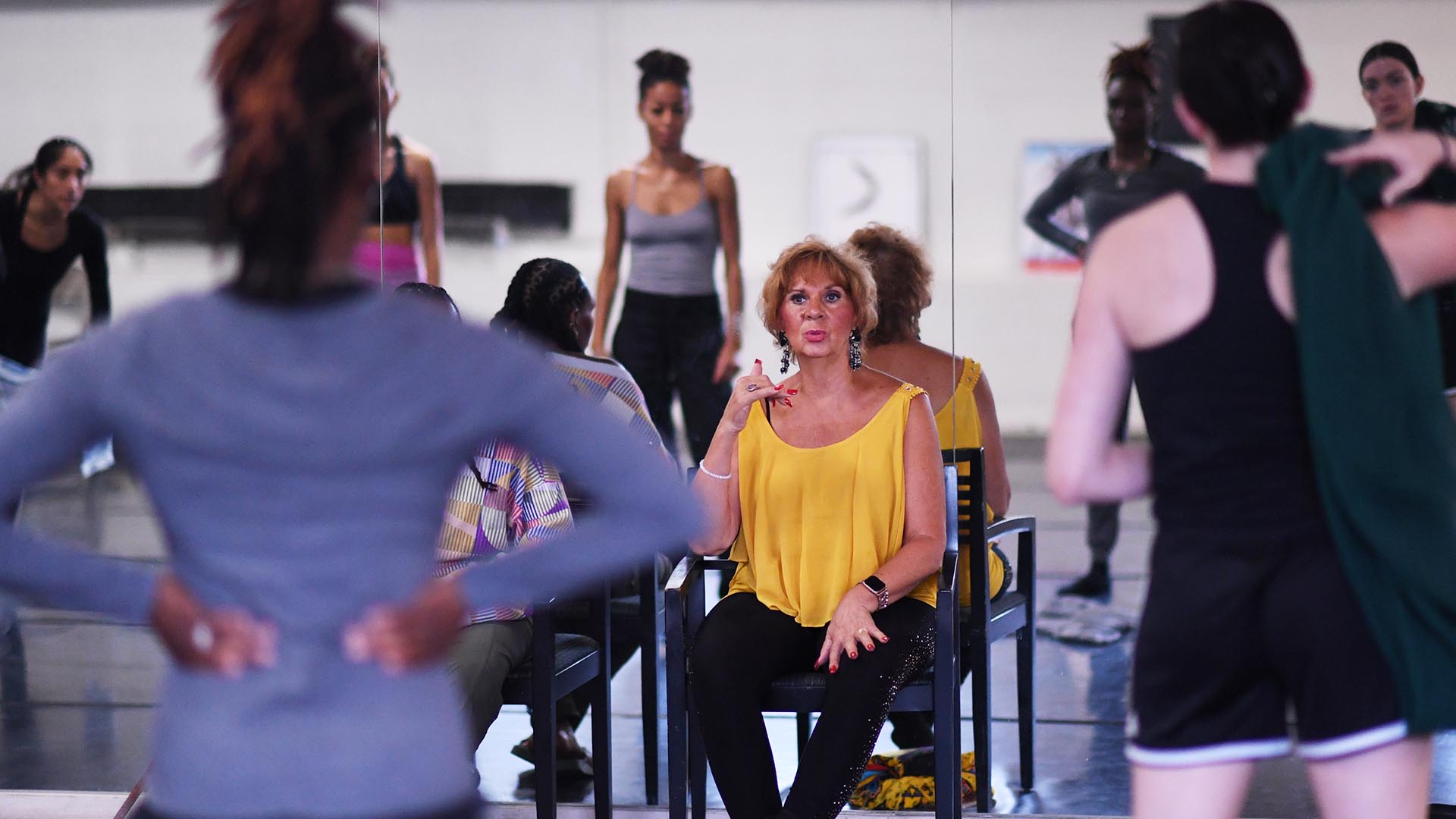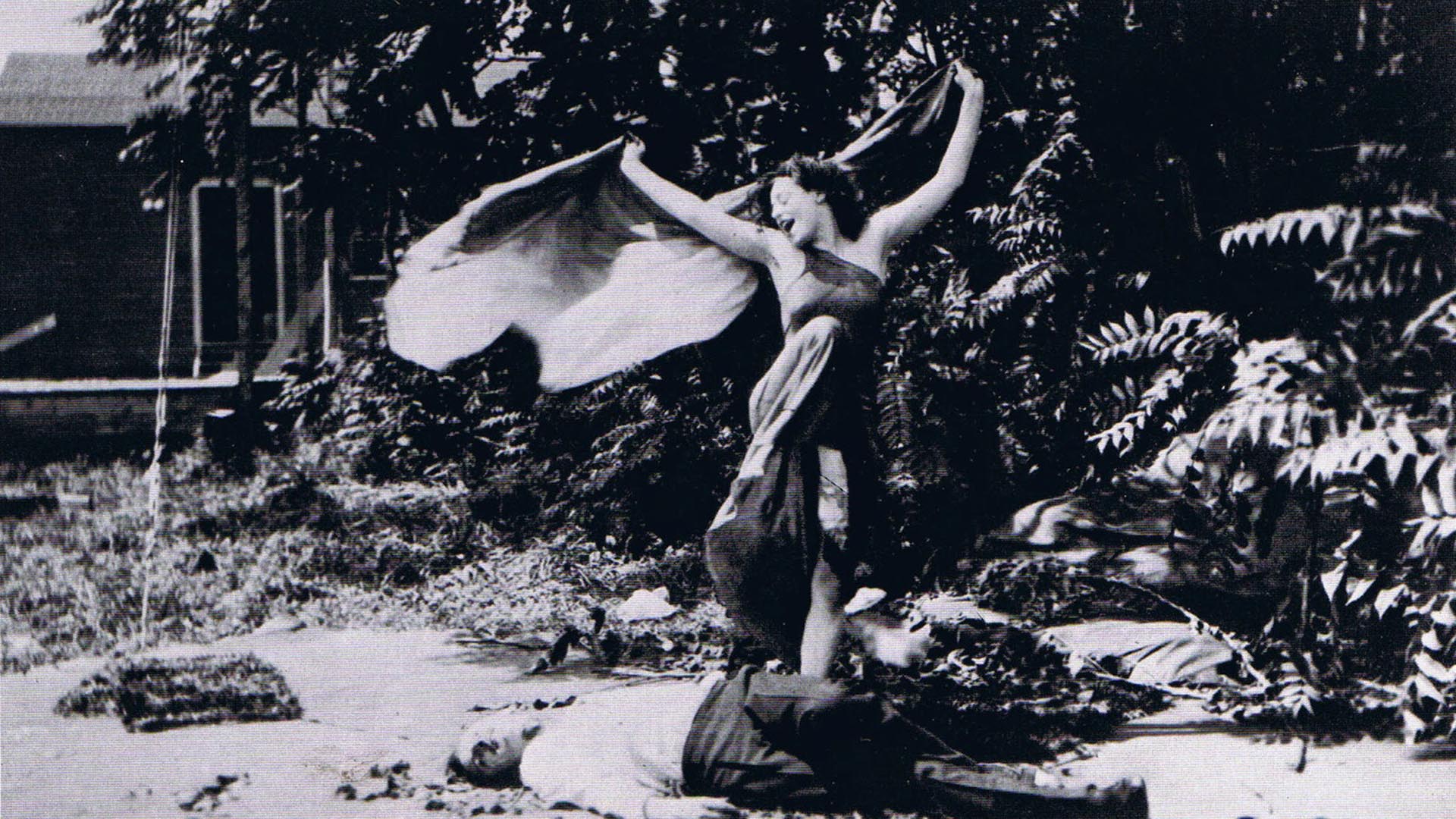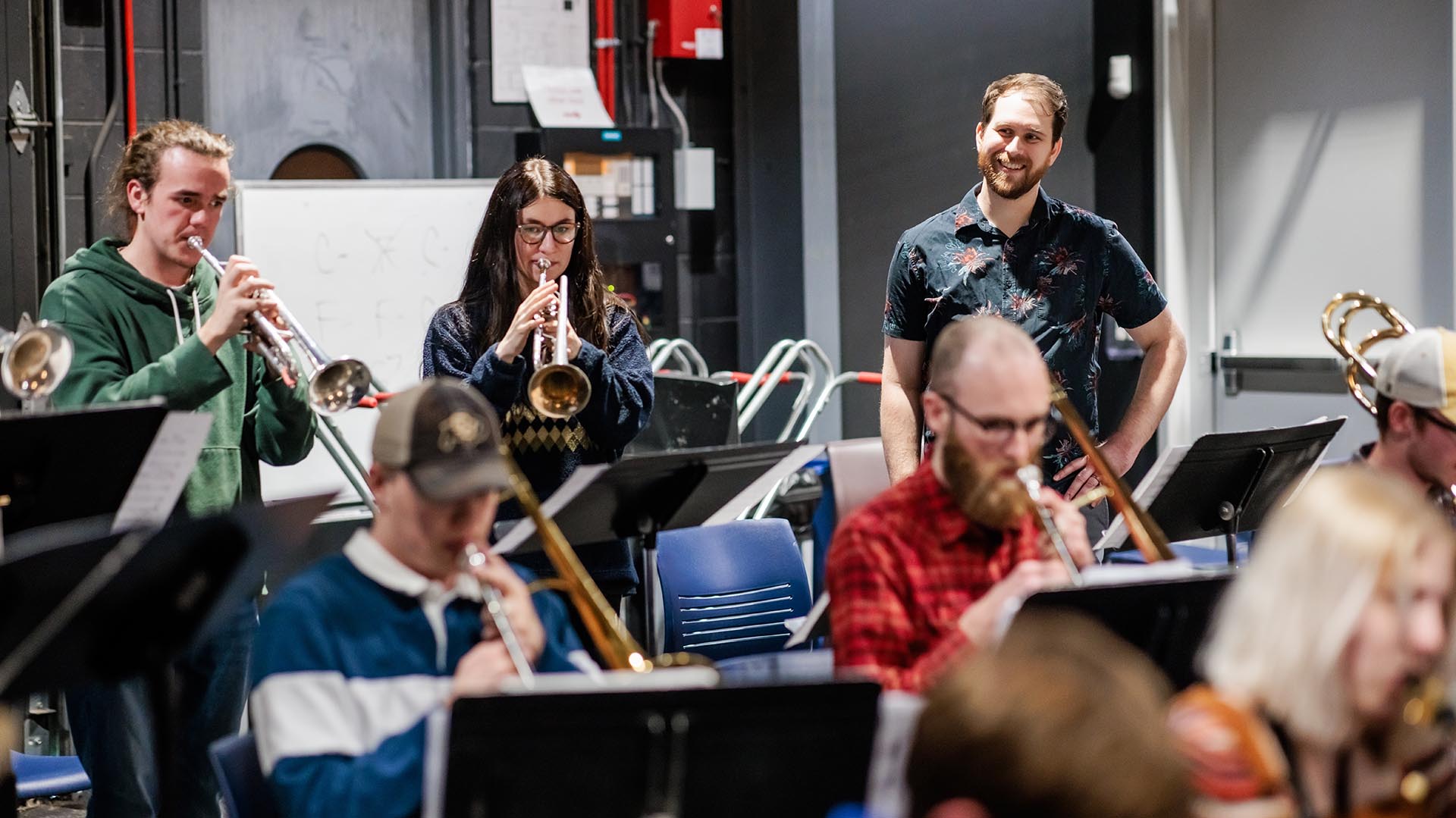7 tips for snapping great smartphone photos
Use these easy how-tos to make sure this year’s holiday photos are brilliant – not bah-humbug.

The holidays are almost here. And with them, undoubtedly no shortage of blurry, red-eyed and unflattering photos on the ol’ social-media timeline.
But that doesn’t have to be the case. With camera phones such as the Apple iPhone 11 and Google Pixel 4, the ability to take pro-level shots that reflect the warmth of the season has never been greater – and that’s not just the eggnog talking.
“As photographers, we ask how to capture those critical moments that embody the human condition,” said Kenn Bisio, professor of journalism and media production at Metropolitan State University of Denver. “The technology to do this today is incredible.
“You could have the highest-end camera and take terrible photos; similarly, you can have a camera phone and make amazing pictures because of what you see.”
So, with that in mind, we asked Bisio for his top tips for capturing the magic of memories everyone will love – unlike that fruitcake from the office white-elephant swap you’ll end up regifting anyway.
Framing in
Bisio has a simple visualization exercise to practice working from the edges inward to set up a shot.
“Think about looking out of a window onto a meadow with horses on it; the window frames your world,” he said. “You might have a Christmas-tree branch in your frame – work from the edges in, not from the center out, and fill the frame.
“That’s how we teach composition.”

Leading lines
Shots can connote movement and direction that draw the eyes – hence the idea of incorporating leading lines into photos.
“You could have geese crossing a street at a 45-degree angle, going from the lower left to the upper right,” Bisio said. “Or, lying on your stomach, the yellow dashed line of a road that starts out close up and winds off up a mountain.”

Rule of thirds
A basic guideline for visual arts is the division of an image into three equal parts horizontally and vertically, creating nine equal subsegments that can be more visually interesting than simply centering a shot.
“Look at the work of the great French photographer Henri Cartier-Bresson, who did everything on a 35-millimeter Leica film camera with a 50-millimeter lens,” Bisio said. “It’s a search for pattern and shape. So much of photography is math – geometry and fractals.”

Use your feet, not your fingers
Instead of pinching to use those wide-angle or zoom functions – which run the risk of pixelating images – try using a more old-school method.
“You’ve got complete command over the frame when you move your feet,” Bisio said. “They’re the cheapest zoom lens you have – and you’ll find the best position faster.”

Chase the light
The nice thing about modern smartphones is that most cameras automatically adjust to things like ISO sensitivity and night sight. However, it’s still imperative to ask where the light is coming from – and where it’s going.
“If you’re standing in front of a back-lit picture window, of course you’re going to get a silhouette; unless you’re going for that, you probably want to be at a 90-degree angle so you get a nice natural cast instead,”Bisio said. “Light is really your first consideration, and once you see it, chase it. You always want to go with it instead of against it – it’s everything, really.”
Shoot in bunches
With digital memory ever expanding, the scarcity factor of photography has all but disappeared. That means even if nine out of 10 photos are a dud, it’s worth it for that one successful shot.
“Invariably, someone’s going to have a silly look on their face in some of them,” Bisio said. “Today, it’s so fast – you can do 20-25 photos in 10 seconds. Just bang ’em off; there’ll be a keeper in there somewhere.”

Get real – and have fun
“People will migrate to where their heart is – grandkids playing, Uncle Chet carving the turkey, those kinds of things,” Bisio said.
And though selfies and posed group shots have their place, the magic is often found in those nonstaged authentic moments.
“You can use your phone to create those Norman Rockwell compositions by being on top of the moment – not obtrusive,” Bisio said. “Photography should be fun; it should be the apparatus that brings magic to your life.”








